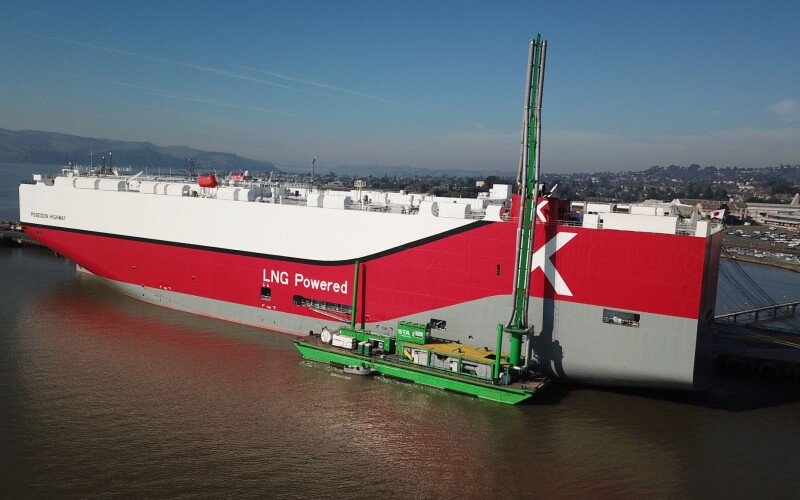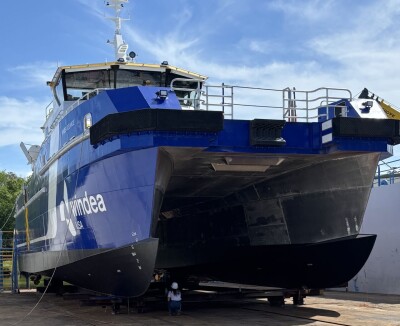STAX Engineering, Los Angeles, announced it has secured $70 million in funding to support the growth of its emissions capture and control technology, which aims to reduce pollutants from ships. The funding, led by Firstime Credit and Deutsche Bank Private Credit & Infrastructure, will enable STAX to scale its operations and advance its carbon capture initiatives.
The company has also launched new carbon capture trials in collaboration with Seabound, a company specializing in onboard carbon capture technology. These trials, which are taking place at the Port of Los Angeles, combine Seabound's carbon dioxide capture system with STAX’s mobile emissions control units. The system filters pollutants from a ship's exhaust before isolating and storing carbon and sulfur, resulting in reduced greenhouse gas emissions. Full-scale deployment is expected by late 2025.
In addition to the funding and trials, STAX has signed multi-year contracts with ZIM Integrated Shipping Services and Kawasaki Kisen Kaisha, Ltd. (K-Line). These agreements further expand STAX's presence in the market, which already includes partnerships with Shell, NYK Line, Hyundai Glovis, Toyota, and Olympus.
STAX’s technology, which can service all major vessel types, captures 99% of particulate matter (PM) and 95% of nitrogen oxides (NOx) from ship exhaust. The company has already been operating in California ports, such as Los Angeles and Long Beach, to help vessels comply with the new California Air Resource Board (CARB) emissions standards, which took effect in January 2025. Since its launch in early 2024, STAX has captured 100 tons of pollutants over 13,000 hours of service, the company said.
The $70 million investment includes $60 million in debt financing provided by Firstime Credit and Deutsche Bank Private Credit & Infrastructure and $10 million through a Simple Agreement for Future Equity.
The funding will also support ongoing trials and the commercialization of STAX's next-generation technology, the company said, noting it is actively expanding into additional ports in the U.S. and internationally and is exploring new carbon capture solutions in preparation for a fleet-wide rollout by late 2025. These efforts are part of STAX’s broader goal to help reduce emissions in the maritime industry and potentially expand into other sectors, such as data centers, it said.
“We’re building real momentum at STAX, and this funding marks a pivotal moment for both our company and the maritime industry,” said Michael Walker, CEO of STAX Engineering. “As we pursue expanding our carbon capture capabilities to drive the industry toward cleaner, more sustainable practices, our inaugural partnership with Seabound is pivotal. At the same time, new partnerships with ZIM and K-Line reflect rising demand for our emissions capture and control technology, helping us scale our impact across global fleets. Through these partnerships, we’re accelerating our vision to capture 1% of global emissions and set a new standard for carbon capture adoption across shipping and beyond.”





